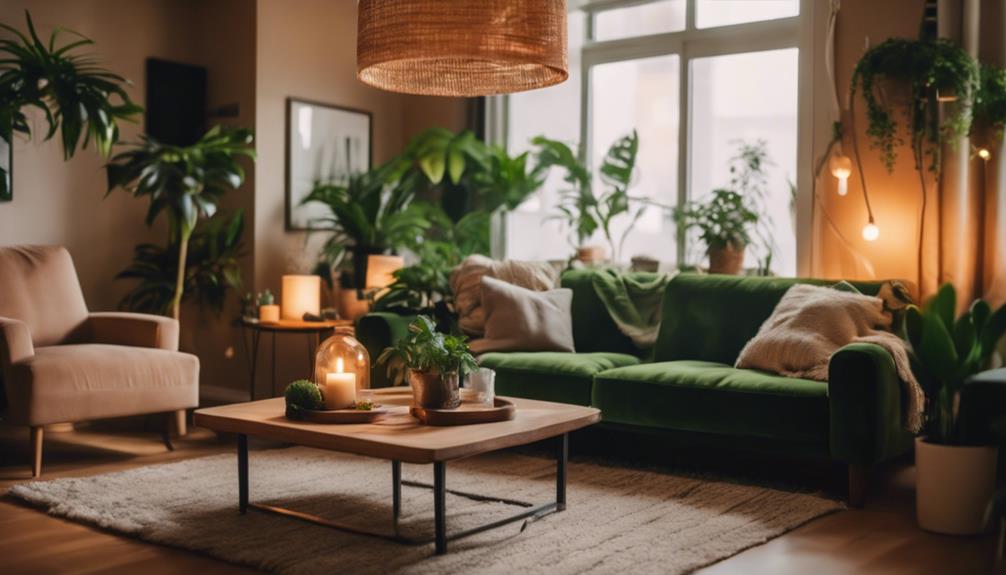In order to recognize the signs of burnout while working remotely, it is important to pay attention to feelings of exhaustion and mental fog. If you are constantly feeling tired or struggling to concentrate, this is a warning sign. Emotional distress, such as increased irritability or feelings of sadness, can also indicate burnout. Decreased performance and difficulty disconnecting from work, such as checking emails late at night, are clear signs as well. Physical symptoms like persistent headaches or muscle tension should not be overlooked.
By being aware of these signs, you can take action before the situation worsens. It is crucial to prioritize self-care and establish boundaries to prevent burnout. This may involve taking regular breaks, setting up a designated workspace, and seeking support from colleagues or a mentor. Furthermore, embracing the flexibility and autonomy that remote work offers can help reduce burnout by promoting a healthier work-life balance.
Recognizing the signs of burnout and making use of remote work benefits, individuals can proactively maintain their well-being and productivity. More information on managing these challenges effectively is available here: remote work benefits.
Key Takeaways
- Persistent fatigue and mental fog can hinder focus and task completion, signaling potential burnout from remote work.
- Emotional distress, such as increased mood swings and irritability, often indicates burnout, exacerbated by stress and isolation.
- Declining performance, characterized by difficulty completing tasks and feeling overwhelmed, is a common sign of burnout.
- Physical symptoms like headaches, muscle tension, and fatigue can indicate burnout's impact on overall well-being and productivity.
Exhaustion and Mental Fog

Have you ever noticed how exhaustion and mental fog can cloud your ability to focus and complete tasks while working from home? You might feel more fatigued, struggle with daily chores, or even experience sleep issues.
This fatigue often stems from stress, overextension, poor diet, and lack of quality sleep.
To combat this, start by evaluating your diet—swap unhealthy snacks for nutritious ones. Establish a consistent bedtime and routine to improve sleep quality.
Incorporating regular exercise can boost your energy levels and reduce stress considerably.
Finally, consider replacing caffeine with water to prevent those dreaded energy crashes.
Emotional Distress and Sadness
Often, working from home can intensify feelings of sadness and frustration, leaving you more susceptible to emotional distress. You might notice mood swings, irritability, or impatience creeping in more often. Stress and anxiety can amplify these emotions, making it tough to maintain a positive outlook. Negative self-talk may become a habit, further dragging you down.
To combat these feelings, reach out to friends for virtual meet-ups and prioritize self-care activities daily. Setting clear boundaries around your work hours can help manage stress and create a sense of normalcy.
Incorporate relaxation techniques, like deep breathing or mindfulness, to reduce anxiety. By taking these steps, you can uplift your mood and foster a healthier emotional state while working remotely.
Declining Performance Indicators

You might notice a drop in your productivity as distractions and exhaustion start to take their toll. This decline can manifest as difficulty completing tasks, feeling overwhelmed, or even dreading your workload. To regain your momentum, consider these strategies:
| Strategy | Action | Benefit |
|---|---|---|
| Create a To-Do List | Write down tasks with deadlines | Increases motivation and focus |
| Minimize Distractions | Set clear boundaries during work hours | Enhances concentration |
| Schedule Breaks | Take regular short breaks | Refreshes your mind and boosts energy |
Difficulty Disconnecting From Work
Struggling to disconnect from work can lead to significant burnout and negatively impact your overall well-being. You might find yourself checking emails first thing in the morning or working late into the night, blurring the lines between your professional and personal life.
To regain balance, set a clear work schedule and stick to it. Inform your colleagues of your availability, so they respect your boundaries. Planning your tasks for the next day can reduce anxiety and help you mentally shift from work mode.
Designate a specific workspace to separate work from leisure. Emphasizing a structured remote work environment can make a huge difference, allowing you to recharge and maintain both your productivity and mental health.
Physical Symptoms of Burnout

Physical symptoms of burnout can manifest as persistent headaches, muscle tension, and gastrointestinal issues, making it difficult to function effectively throughout the day. You might notice these physical signs creeping into your routine, signaling that it's time to take a step back.
| Symptoms | Effects |
|---|---|
| Persistent headaches | Difficulty concentrating |
| Muscle tension | Reduced mobility |
| Fatigue | Low energy levels |
| Gastrointestinal issues | Discomfort during meals |
| Sleep disturbances | Impaired daily functioning |
Listening to your body is essential. If you experience these symptoms regularly, consider reassessing your work habits and stress levels. Prioritizing self-care can help alleviate these physical manifestations and promote better overall well-being.
Conclusion
So, if you're finding it tough to tell whether you're working from home or living at work, congratulations!
You've officially joined the remote work burnout club, complete with mood swings and a side of fatigue.
But don't worry; it's not all doom and gloom.
By recognizing these signs and taking action, you can reclaim your sanity.
After all, life's too short to spend it in your pajamas, staring blankly at a screen while your plants wither in the background!









